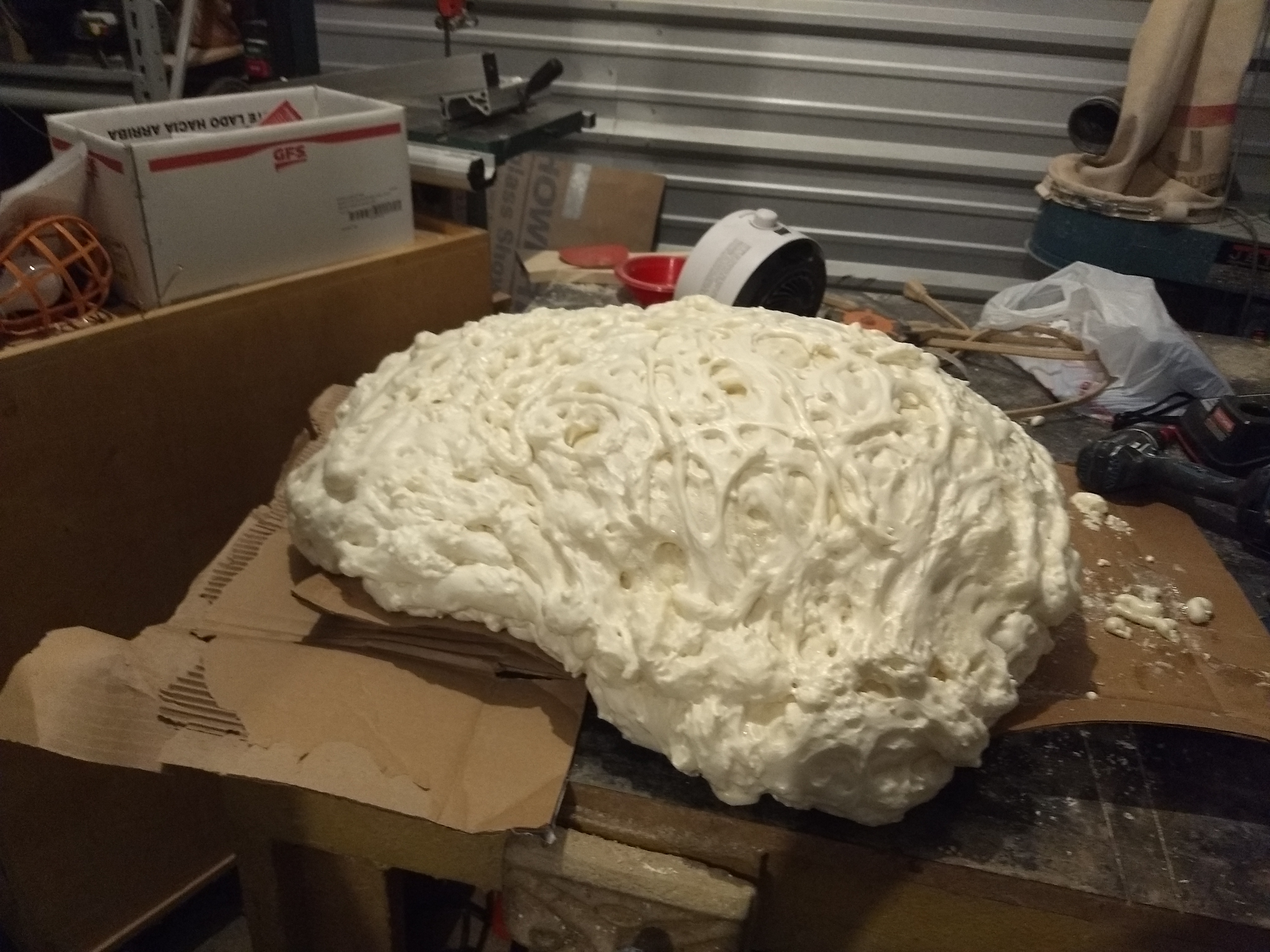So, ive been planning for a while. Watching YouTube videos. Reading articles. Reviewing previous attempts.
All ive managed to do is thoroughly confuse myself with all the contradictory information.
So, i come to the hive. I know we have many smart folks with many areas of expertise. Buzzboy built surfboards, tvrscott did aerospace composites, jmc scratch builds bodies.
Im hoping to get a thorough education of working with fiberglass. Or at least a source of consistent reliable information.
My two upcoming projects:
First, just to get reacquainted with glass is a subwoofer box for my prius. I have spare interior panels to use to form the back of it to fit where i want to. I believe they will essentially be a mold. But, being carpet/plastic, ill need to make a removable surface for them. I remember using blue tape with mized success before, so im sure theres way better options.
After the subwoofer box experience, i want to reproduce the hood from my amc in race weight fiberglass. Id actually like to make 3 or four exact copies of the current outer steel hood. I have never attempted anything like this. And there are a LOT of conflicting methods. Assuming that the hood goes well, ill do a custom cowl panel, valence, etc. Those parts are diminishing returns of weight reduction though.
Finally, id like to at least reproduce the base portion of the flares where they bolted to the fenders of the amc. These flares are made of fleece, fiberglass, and bondo. Very fragile and coming apart. Ill reshape the outside to cover the new wheel and tire package, as well as work some aero in, but want to use the same holes that are already drilled into the body.
Id like to minimum cost wherever possible, but I know some tools are just necessary. I also know some materials will be more expensive but worth it. Problem is i don't k ow what materials and tools. Last tine i used bondo brand resin, random strand mat from Amazon, and luck.
So, i guess i need a good education, starting with basic product selection up to advanced (?) Project completion.













































